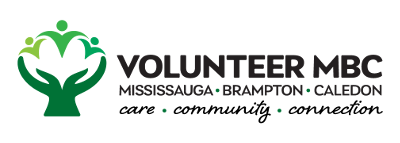“Creative”, “trend-setting”, “innovative”, “cutting-edge”; it seems that every organization, big and small, loves to throw around this jargon and define themself by their ability to think differently. It looks great on websites and advertising, but how do you actually foster creativity in the workplace?
Creativity is so intrinsic to an individual, so spontaneous. It’s those brilliant Aha! moments that have led humankind from the wheel to the internet. Can this really be taught or trained?
The answer is both yes and no.
Yes, there is a foundational logic and hard skills required with any creative activity; music theory, art theory, the story arc etc. Though these foundations are necessary to be creative and can be taught, knowing them does not lead to creativity.
Humans are naturally creative beings, creativity is not a skill that needs to be taught, but a state of mind that needs to be fostered in the correct environment. To have a creative workforce you need to create a work space and culture that is conducive to creativity.
Collaboration
Creativity is best fostered in collaborative spaces where people bounce ideas back and forth, approaching problems from different perspectives and bringing a fresh set of eyes to a solution. Yes we can come up with creative ideas on our own, but often the best ideas come about when we talk them through, write them down and put them under scrutiny.
Comfort
Creativity is a vulnerable action. It requires you to put forward your ideas that may disrupt the status quo, and is at risk of public failure. To foster creativity a workplace must be very supportive of its staff, have good safeguards against failure, but also have a threshold for failure which employees can experiment within. It can also be useful to provide private or anonymous spaces to submit ideas for those who have ideas but don’t have the confidence to make them public.
Another reason comfort is important is that creativity is difficult under stress. If you are about to enter a creative process try to begin with an activity to get you into a less stressed headspace; meditate, play a quick game, listen to music, enter an off-site space.
Evolution
Creativity is evolutionary, not revolutionary. We often think of innovation as being a brand new idea that is different from anything ever before it. But this is never the case. Innovation is about being aware of what resources are available to you and coming up with new applications for them. Create a work environment that really encourages staff to research and be up to date with modern trends and technologies. Instead of approaching a problem as “this is what we have, how do we innovate it?”, approach it as “This is what’s out there, how can we apply it to what we do?”
With all the time and resource challenges due to rapid change in the sector today, not-for-profit organizations are better positioned to be leaders of Social Innovation. To learn more about these ideas and more, attend my workshop on “Innovative Program Development” at Volunteer MBC on March 11, 2020.
“Innovation is about being aware of what resources are available to you and coming up with new applications for them.”
Stuart is a professional speaker and facilitator for WE. He thrives in creative spaces; professionally in his current role and his previous career in advertising, and personally as pursues his passion for theatre arts in stage acting, sketch writing, improv comedy, and short films. He holds an Honours Bachelor of Business Administration & Diploma in Business Administration from the University of Guelph-Humber, with an area of emphasis in finance.
For more from Stuart, check out this upcoming Volunteer MBC workshop called Innovative Program Development.
